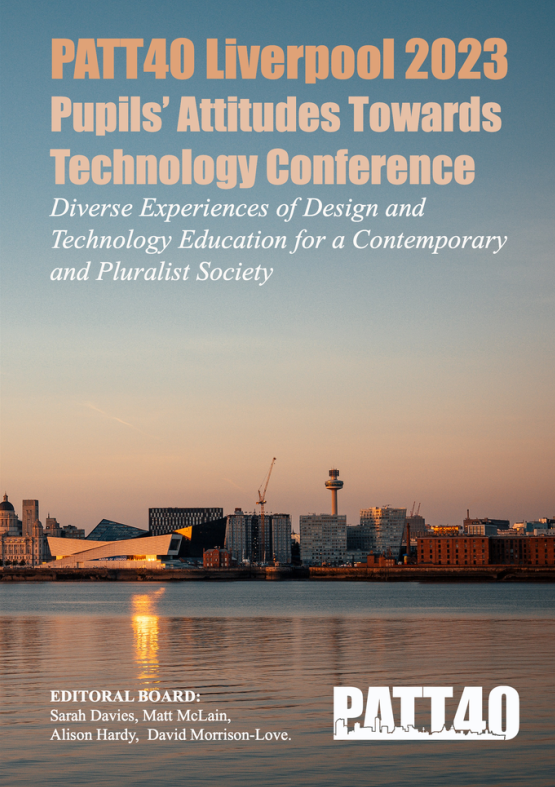Developing spatial literacy through designing origami: advancing maker education pedagogy with maker études
advancing maker education pedagogy with maker études
Keywords:
Maker education, spatial reasoning, origami, design-based learning, STEAMAbstract
Spatial literacy is crucial to success in STEAM-disciplines. Within these disciplines, spatial thinking manifests in a variety of ways, ranging from visualising how pieces of a solution might fit together to effectively communicating solutions to others through language, gestures, and graphic representations. Pedagogy for developing spatial literacy for children is still in its infancy, as training studies tend to focus on paper-and-pencil-based activities that resemble psychometric tests without explicit consideration for didactic approaches. Maker education offers children a design-based way of learning through a process of tinkering, designing, and building, with potential for creative output. In practice, educational maker activities generally tend to overemphasise prototyping tools and the development of the procedural knowledge required to use those tools. However, these hands-on learning activities could aid children to not only develop making skills, but also to attain spatial literacy. Although studies exist that identify spatial thinking during educational maker activities, no efforts have yet been made to design a maker activity that specifically aims to develop participants’ spatial thinking holistically. This paper details a case study of the design and implementation of an origami workshop that aims to develop participants’ spatial literacy. Origami, the art of folding sheets of paper into figures, is a process that requires frequent and varied use of spatial thinking. The workshop adopts the form of a ‘maker étude’, analogous to a musical étude, a satisfying exercise to practice and improve a particular technique so it can be applied creatively. The implementation of the origami maker étude in a public library makerspace in Amsterdam and its potential to support the development of spatial literacy are discussed. Finally, several suggestions are made for future research into the development of primary-school age children’s spatial literacy in makerspaces
Additional Files
Published
How to Cite
Issue
Section
License
Copyright (c) 2023 Marten Berend Westerhof, Colm O'Kane, Gavin Duffy

This work is licensed under a Creative Commons Attribution 4.0 International License.
This journal provides immediate open access to its content with no submission or publications fees. Authors retain copyright and grant the journal right of first publication with the work simultaneously licensed under a LicenceCreative Commons Attribution License that allows others to read, download, copy, distribute, print, search, or link to the full text of works in this journal. It also allows others to remix, adapt and build upon the work, as long as credit is given to the author(s).


